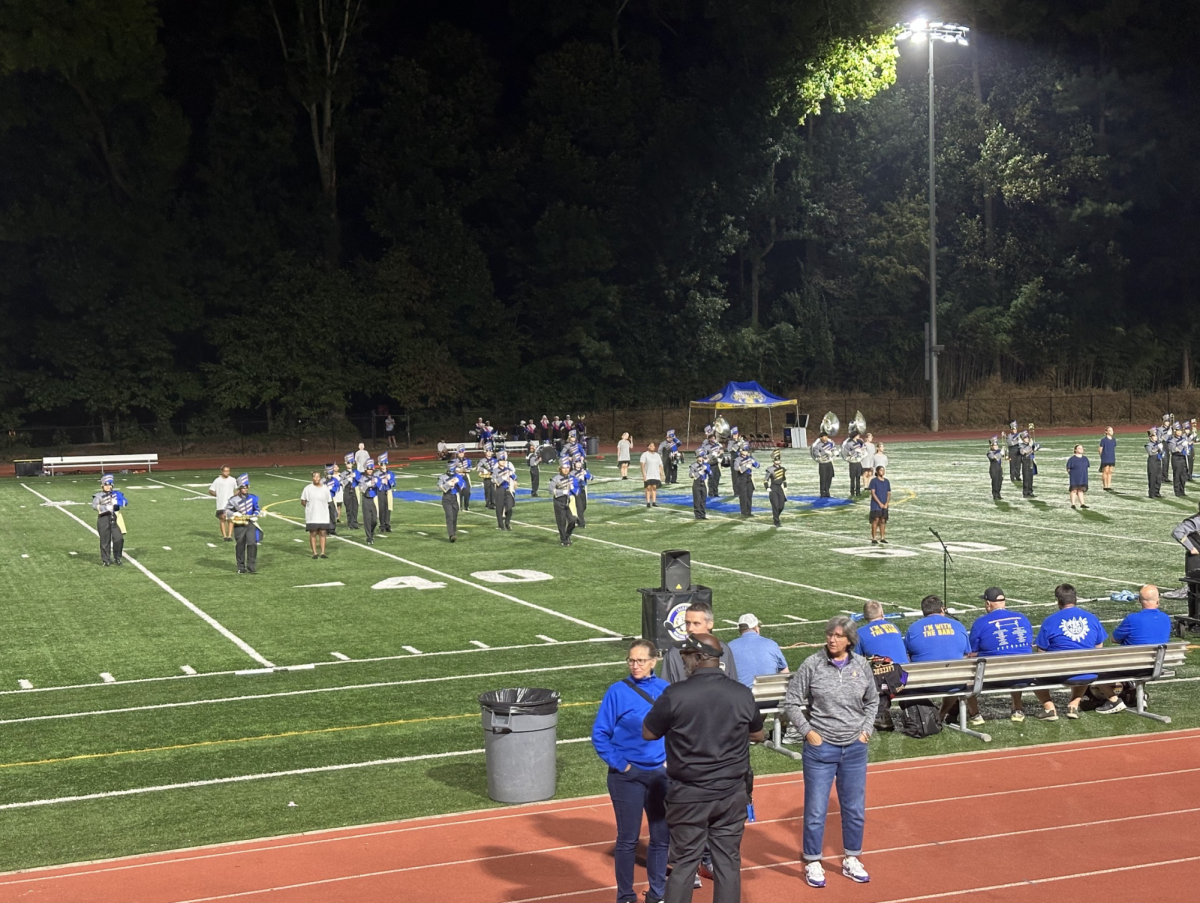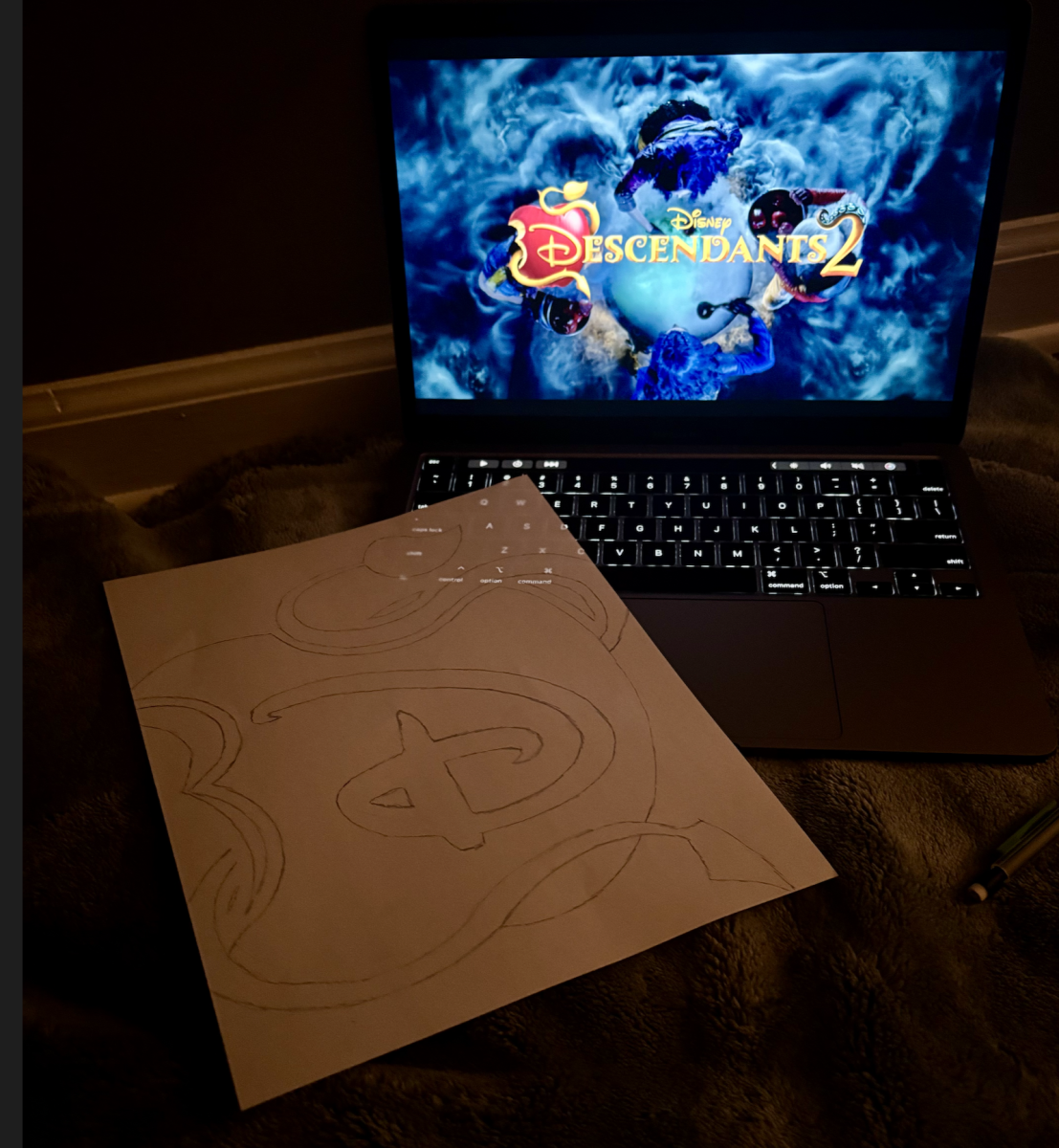African Americans Forgotten in History: Lewis Howard Latimer
February 24, 2022
How many people does it take to create a light bulb?
Two: one to originally make one that lasts a few days, the man you all probably know, and another to make that famous original light bulb sustainable. This second person is Lewis Howard Latimer, the son of an escaped slave who made a filament that extended the life of an average light bulb.
When Latimer was young, his family escaped slavery and moved to Boston, constantly jumping from house to house to avoid being caught. When his father was eventually caught, Boston’s abolitionist group sprung into action and created a human wall of protection. Abolitionists Fredrick Douglas and William Lloyd Garrison would help his father buy his freedom back.
When Latimer turned 16, he lied about his age and enlisted in the Navy. After being honorably discharged, he started working at a patent law office. After his arrival at the firm, Thomas Edison soon came up with the invention of the light bulb and patented it.
The problem with Edison’s light bulb was that it was overly expensive and lacked the ability to last more than a few days, making it unsustainable for the common man. This was due to the fact that Edison’s filament was made of paper. Latimer tested out several ideas and eventually developed a carbon filament that allowed the light bulb to last a lot longer and be a lot cheaper.
After improving Edison’s light bulb, he supervised the installation process in New York, Philadelphia, Montreal, and London. Although he didn’t get much recognition for his work on the light bulb, he was invited to be one of the 28 members of the Edison Pioneers, a group who worked closely with Thomas Edison. He was the only African American in that group.
Latimer also worked on other projects such as the telephone; he created the patent for it. He was involved in work on air conditioners and locking coat racks. He was also a talented musician who played the flute and violin.
While Edison did create the first light bulb, it’s important not to forget the man who helped develop the long lasting light bulbs we use every day, giving us light during the dark hours of the night and therefore revolutionizing American lives during the 20th century.
If you are ever interested in seeing Latimer’s house, you can visit the house he lived in from 1903-1928. The house remained there until in 1963, when it was threatened with demolition. To save this historical landmark, the house was moved from its original location to Queens, New York City, where it resides today. Those who are interested can go on an in-person or virtual tour or check out their calendar here for upcoming events.











E. Avett • Feb 24, 2022 at 8:44 pm
This story is so worth sharing! Thank you!